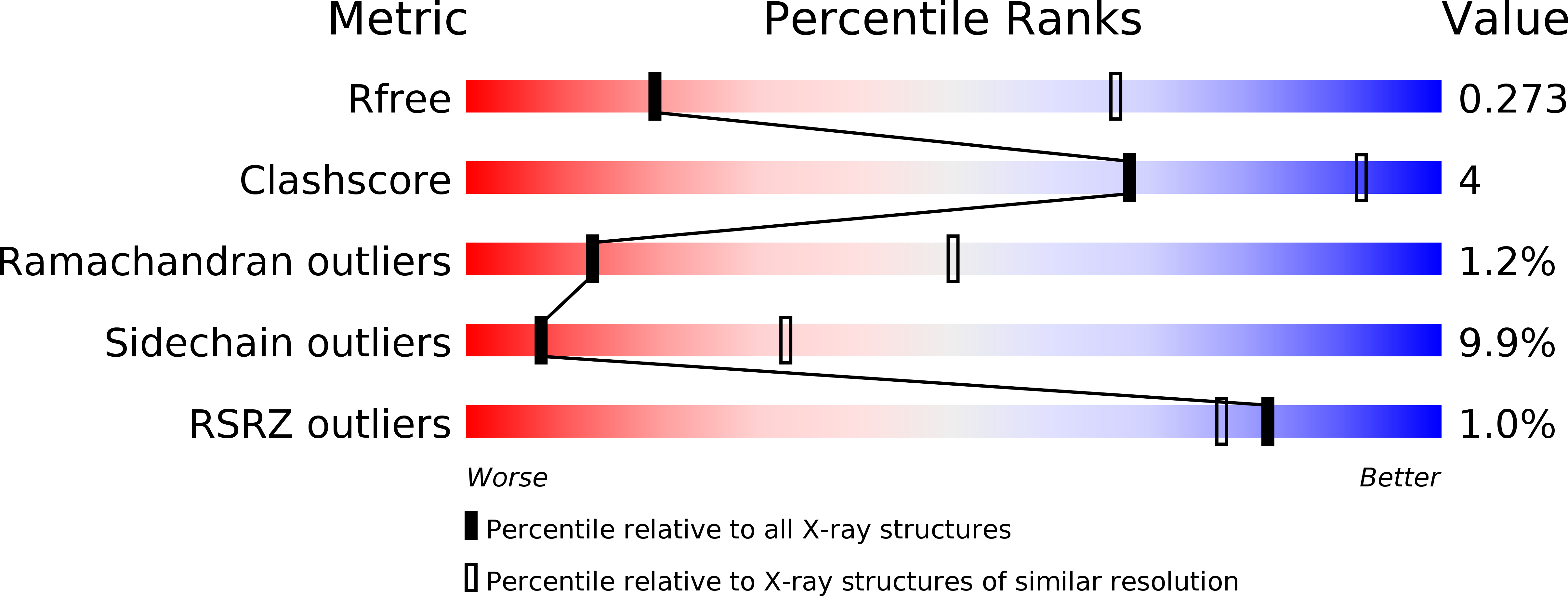
Deposition Date
2007-07-27
Release Date
2007-08-14
Last Version Date
2024-10-16
Entry Detail
PDB ID:
2QR0
Keywords:
Title:
Structure of VEGF complexed to a Fab containing TYR and SER in the CDRs
Biological Source:
Source Organism:
Homo sapiens (Taxon ID: 9606)
Method Details:
Experimental Method:
Resolution:
3.50 Å
R-Value Free:
0.31
R-Value Work:
0.29
R-Value Observed:
0.29
Space Group:
P 1 21 1


